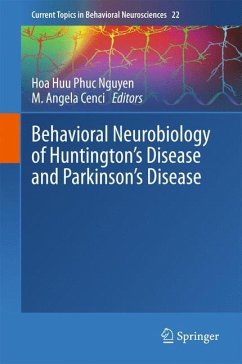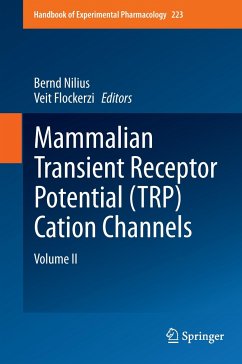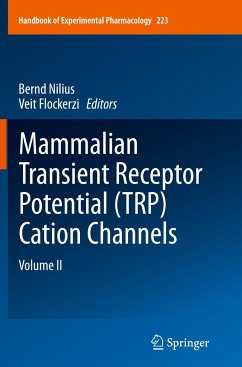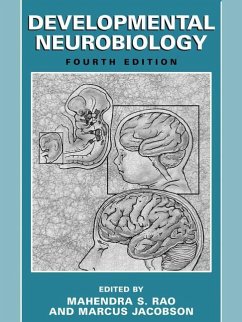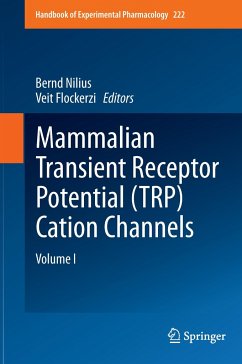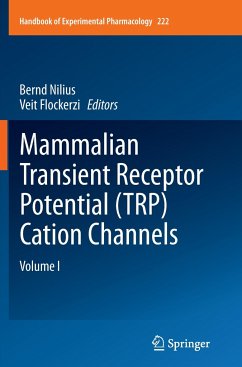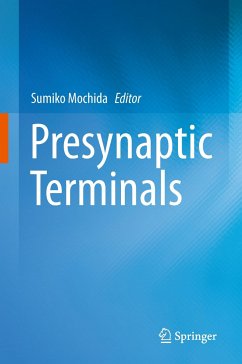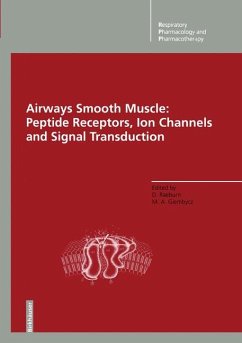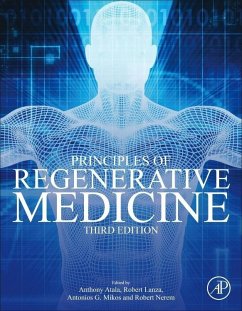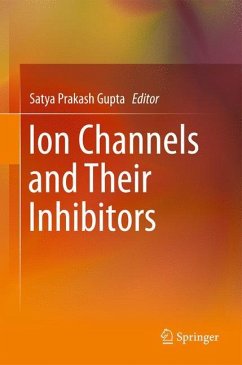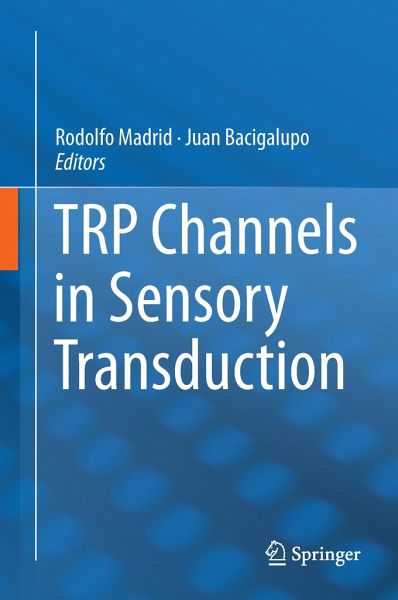
TRP Channels in Sensory Transduction

PAYBACK Punkte
38 °P sammeln!
TRP channels play a key role in sensory physiology and have been the focus of intensive investigation in recent years. The proposed book will be a comprehensive, detailed overview of the ways in which TRP channels are involved in a wide variety of sensory modalities. Authors will explore the involvement of TRP channels in photo transduction (sight), chemotransduction (taste and odor), mechanotransduction (touch and hearing), thermo transduction (the sensation of temperature) and pain perception. Furthermore, the book will include some grounding chapters such as one on the history of TRP channe...
TRP channels play a key role in sensory physiology and have been the focus of intensive investigation in recent years. The proposed book will be a comprehensive, detailed overview of the ways in which TRP channels are involved in a wide variety of sensory modalities. Authors will explore the involvement of TRP channels in photo transduction (sight), chemotransduction (taste and odor), mechanotransduction (touch and hearing), thermo transduction (the sensation of temperature) and pain perception. Furthermore, the book will include some grounding chapters such as one on the history of TRP channel research, one on the biophysical characteristics of the proteins and one on trafficking and post-translational regulation.






